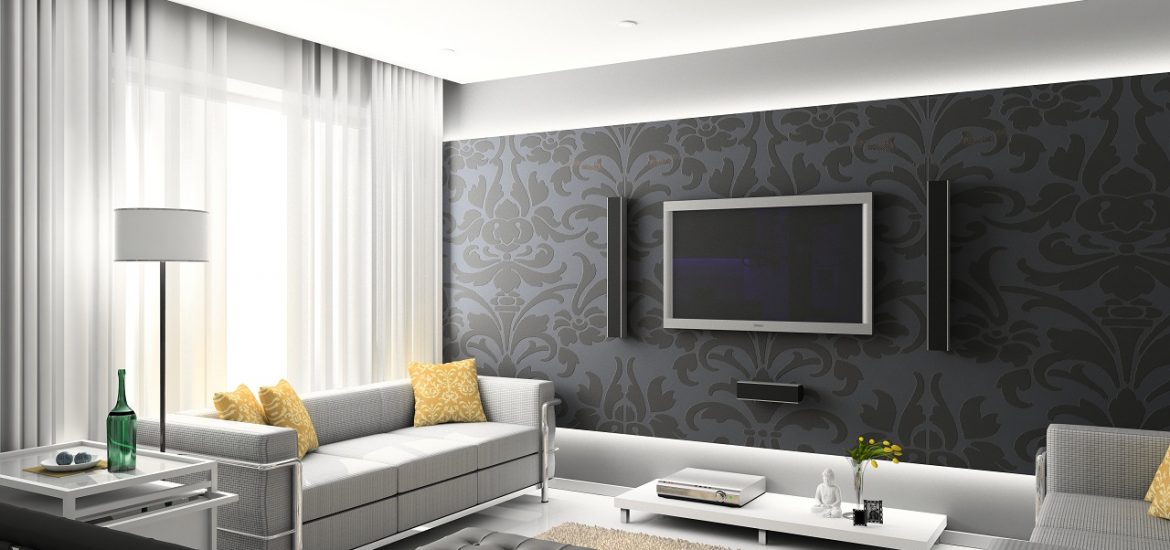Most manufacturers nowadays seem to be developing a penchant for appending the term “smart” to their products. Well, this is understandable considering that the technological trends nowadays veer towards connectivity, and if your product is “smart” it means it can be a part of the Internet of Things.
The number of smart devices around the world is surely increasing incrementally. In fact, some technology pundits like Hans Vestburg, a former CEO of Ericsson, and Dave Evans were all echoing the same note — that by 2020, there will be around 50 billion smart devices around the world, each of which can communicate with other smart devices. This augurs well for home designers and homeowners who are desirous of automating their homes, for as smart devices increase in number, the number of automated homes will increase likewise.
If you are a home designer, it would definitely be good to learn something about home automation, for the designs of most contemporary homes nowadays should incorporate the aspect of home automation along the way. Moreover, it will no longer be enough for designers to address the intricacies of the interior designs of a house, like that of choosing which paint colors would Greensboro Painters use for the interior of a home or which furniture should be included in the home interiors. They should also consider how they could incorporate the aspect of home automation in their designs.
The Internet of Things and Machine-to-Machine Technologies
It is sometimes preposterous to think that while the Voyager 1 — a spacecraft launched on Sept. 5, 1977 — had already teetered at the very edge of the Solar System and is already in the interstellar space, many houses here on earth were still unautomated. The push for the automation of most homes should be in full swing by this time. Yet, the contrary is true, and more often it is only the well-to-do who have fully automated houses. Home automation should be the norm in home building at this point, especially with the ever-expanding applications of the Internet-of-Things (IoT) and Machine-to-Machine (M2M) technologies.
The Internet of Things consists of a network of devices, home appliances, vehicles, and other items that are embedded with electronics, sensors, actuators, and software that allow these devices to communicate and interact with each other. If you want to create a small IoT network within your home, you will be required to choose the lighting and the appliances of your home carefully.
With the IoT, you can configure the design of your home in such a way that the devices and appliances within it can readily create actionable data and act on those data. This means that your washing machine will be smart enough to function on its own and your HVAC will work almost automatically. This also means that your lighting will be embedded with sensors that can sense whether a room in your house is being used or not used. With these sensors, the lights in the room will turn off if no person is using that room and will turn on if someone enters the room. This will allow you to maximize the use of your home, while minimizing your home’s power consumption. Moreover, the good thing about home automation is that you can control everything in your home using smart devices like your smartphones.
Homes of the Future
As a contemporary homeowner, you should always be forward-looking, which means you should not just follow the conventional ways of designing the exterior and interior of your home. You should also incorporate trendsetting technologies to make your home unique and apropos for contemporary living, and there is no better way to make your home fit for a 21st-century style of living than by incorporating the concept of contemporary home automation systems in your home design.

